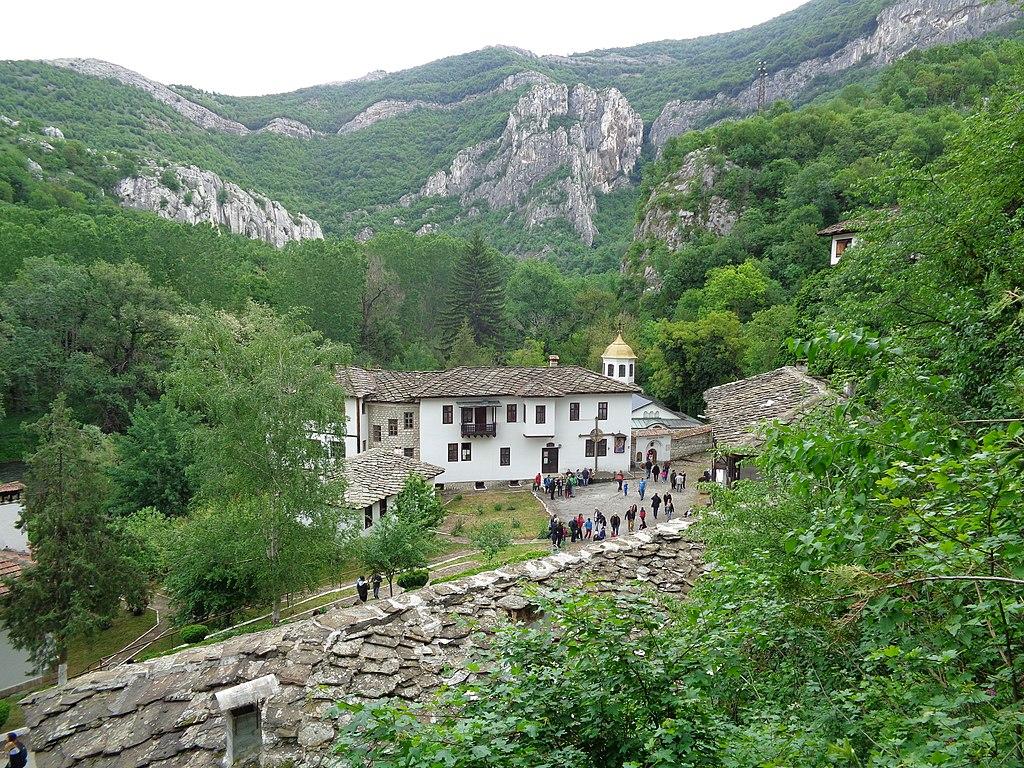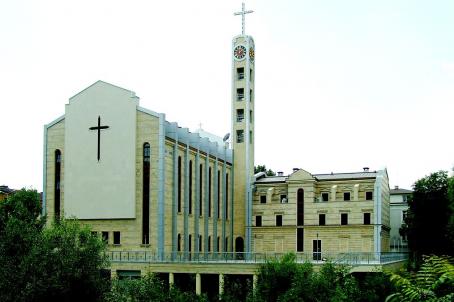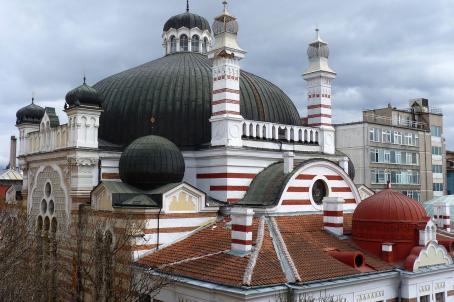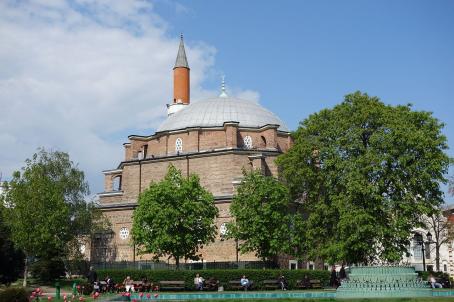Cherepish Monastery
The Cherepish monastery was built during the Second Bulgarian Empire, under the rule of Tsar Ivan Shishman (1371-1393). Like many other Bulgarian monasteries, it was destroyed several times under Ottoman rule.
About this building
The St George’s church of the monastery has kept its original design since the 16th century. The frescoes that decorated the walls were painted in the 19th century.
The numerous caves around Cherepish made it the perfect hiding place for Bulgarians during the Russo-Turkish war (1877-78). The last battle against the Turks, led by Georgi Apostolov, was fought in the neighbouring area of the Cherepish Monastery. Legend has it that before leaving, the Turks hid gold and relics in some of the caves near the monastery. Many other legends of monks who discovered a cave full of gold still survive from this period.
Today, the area surrounding the monastery has many hiking routes along the Iskar river. The renowned Bulgarian writer Aleko Konstantinov referred to this area as the "Bulgarian Switzerland". The monastery also offers accommodation for up to 30 guests.






